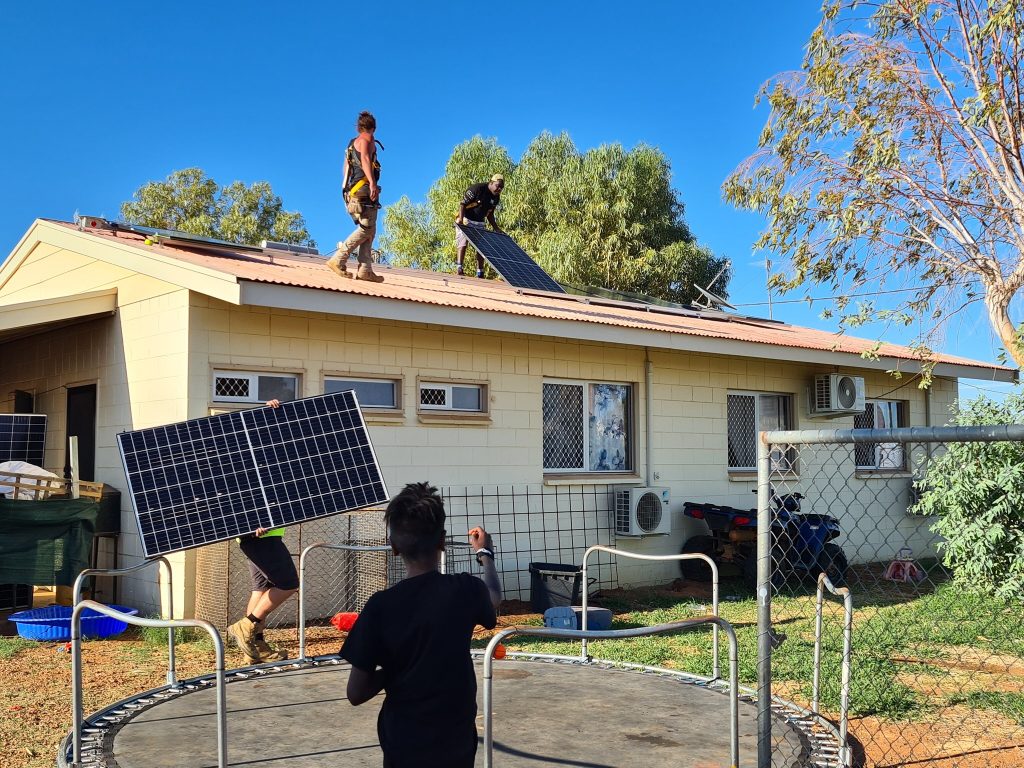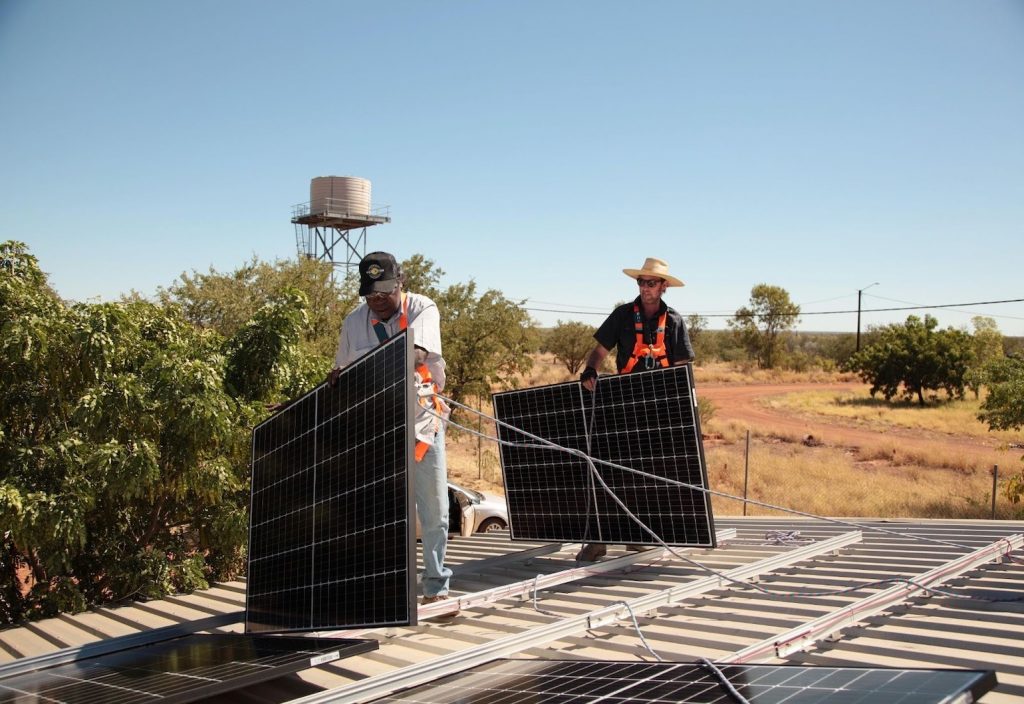With energy costs rising, it’s Australia’s most vulnerable communities that are the most impacted. create investigates the possibilities renewable energy may bring to help ease the burden — with a focus on Cape Barren Island in Tasmania.
“Cape Barren Island’s only about twenty minutes by plane from Launceston,” engineering consultant David Asten CPEng told create. “But it’s a world away from mainland electricity services.”
“If the weather’s clear, a plane can usually get out the next day to fix a problem with a network component. But if the weather’s bad — and Bass Strait does get extreme weather — then it might be three or four days before help arrives.”
Isolation, limited access to equipment and technical support and harsh conditions are among the significant challenges associated with providing renewable energy to remote Indigenous communities.
But, Ruby Heard CPEng, Director of Alinga Energy Consulting said it’s imperative that industry, government and communities work together to make renewable energy options accessible despite those challenges.
The impact of energy insecurity
“Everyone should have the right to try to reduce their energy costs. In the cities we take it for granted that we can make choices about how we manage our energy consumption and costs,” said Heard. “Too many indigenous communities are dependent on expensive diesel and rely on prepaid metering systems because they’re terrified of the energy bill they might receive at the end of the quarter if they choose the post-paid option.”
As Energy Consumer Australia reports, many of Australia’s remote communities, which are home to around 100,000 Aboriginal and Torres Strait Islander people, are in regions that experience extreme weather. Households tend to have double or more the number of people in non-Indigenous homes and poor quality rental housing can be badly insulated.
This combination of poor and/or overcrowded housing, extreme temperatures and the vulnerability created by prepayment metres, generates a perfect storm for energy insecurity. According to a recent policy paper by Thomas Longden et al., disconnections are more frequent during temperature extremes and in households with high electricity use where prepaid metres are used.
Electricity disconnections can have a major impact on health, food security and education. Affordable and reliable energy plays a critical role then, in supporting the overall wellbeing of remote Indigenous communities.


The challenges of providing renewable energy
Asten, who has worked as an engineer for 50 years and is a fellow of Engineers Australia, was commissioned to review the electricity network on Cape Barren Island six years ago with a view to lowering energy costs by improving the renewable energy infrastructure.
“Renewable energy technology has improved hugely in the twenty years since the island was first connected to a small, centralised power station. I recommended that two solar panel banks be installed and the battery storage enlarged so that on a good day the diesel engines wouldn’t be needed for more than four to five hours.”
“If that could help reduce the cost of electricity from, say, $1 per kW hour to 75c or even 50c per kW hour, then that’s a huge saving.”
Asten is an enthusiastic proponent of both the economic and environmental benefits of renewable energies in remote communities but is wary of misrepresenting what’s possible.
“It’s never going to be possible to get down to what we pay in the cities — say, 25c per kW hour. The costs involved are just too great.
“They are a long way from technical support and while some training in the community might be possible, the expertise involved is very specialised and dealing with high voltage networks can be dangerous.”
So is it worth it? Would it be better to just let the community run on diesel?
“It’s absolutely worth it. A blend of renewables, battery and diesel backup can provide many remote communities with a practical solution at a reasonable cost.”
How government & industry can help secure energy security in remote communities
“Unfortunately a lot of solar systems are not built with ease of maintenance in mind,” Heard, who sits on the Steering Group at the First Nations Clean Energy Network told create. “Just because we have advanced technology doesn’t mean it’s suitable for remote communities. Often there’s no documentation or spare parts provided and the system doesn’t even adhere to commercial standards. It can be very difficult to access components or to even diagnose an issue in the first place. It’s not necessary to use such complex systems.”
It’s one of the issues being addressed by the First Nations Clean Energy Network under their industry partnerships which promote best practice standards.
“We help inform and educate industry on how to work and engage meaningfully and appropriately with Indigenous communities. And we advocate for government to hold companies to an appropriate code of conduct in their dealings with communities.”
But as Heard points out, the success of renewable energy infrastructure in remote communities isn’t just about energy policy. Housing is also a critical issue.
“Most people in communities can’t own their homes, so they don’t have the option to install solar panels. Many of the houses are inappropriate for the climate so air conditioners are running more than they should have to. There are many factors affecting how we can make renewable energy viable and available to remote communities.”
Like Asten, Heard is also realistic about the costs involved. “Just getting workers to the communities themselves can be incredibly expensive. These communities rarely have extra accommodation and often workers need to provide their own food as well. Then there’s the cost of parts and labour. So the dollar per watt cost of installing renewable energy systems can be surprisingly high.”
But, again, not as expensive as the alternative. On this she agrees with Asten.
“I’m working with two communities in Western Australia who are 100% reliant on diesel. Sometimes they’ll go through 1000L in a day. The department providing that fuel is losing a hundred grand a year on it. That’s just crazy. It doesn’t have to be that way.
“Investing in renewable energies in remote communities is categorically worth it. Communities, utilities and governments can save money with renewable energy despite all the challenges. It just makes financial sense, as well as environmental sense, and could help deliver affordable energy security to these communities.”
All photos supplied by First Nations Clean Energy Network.
